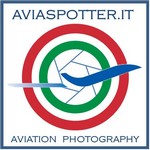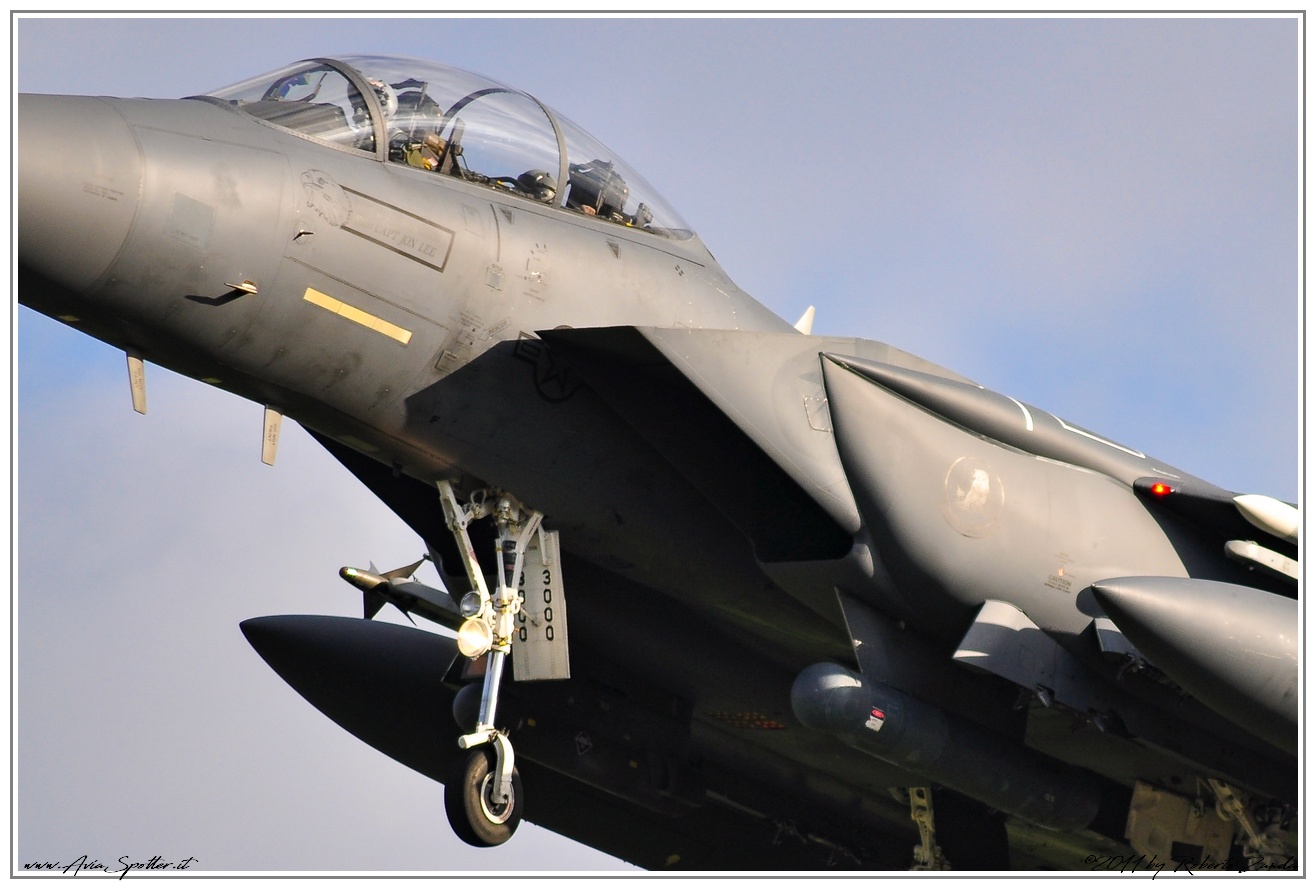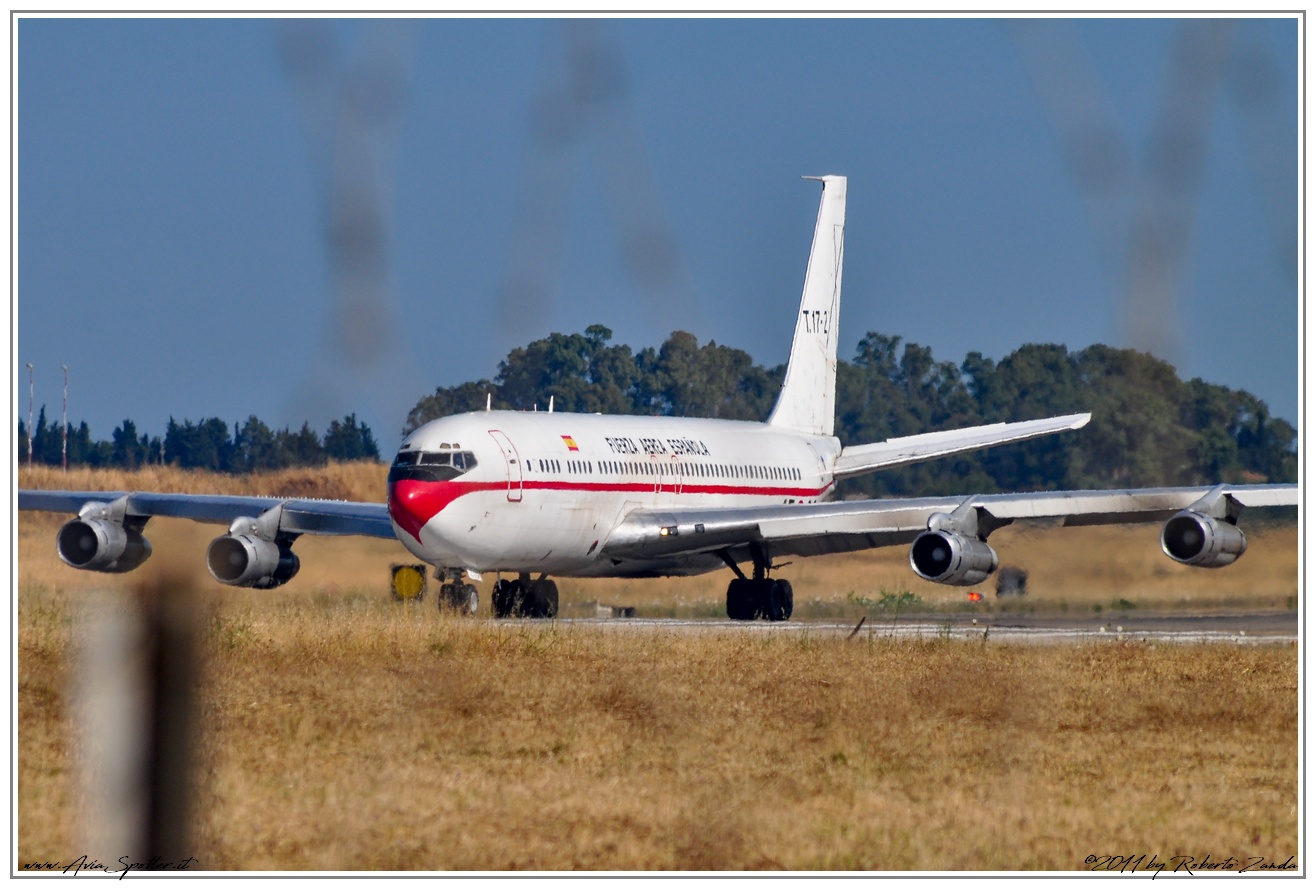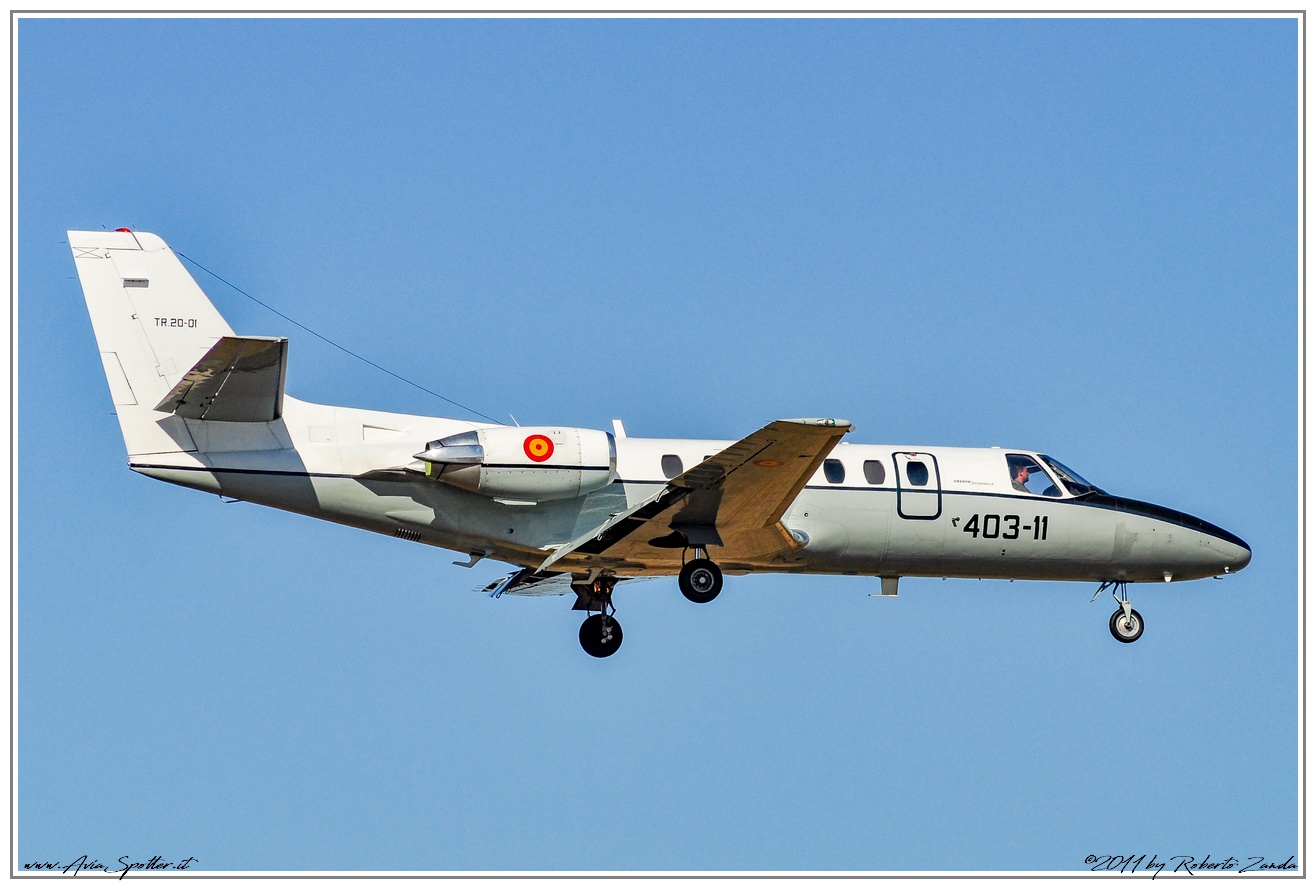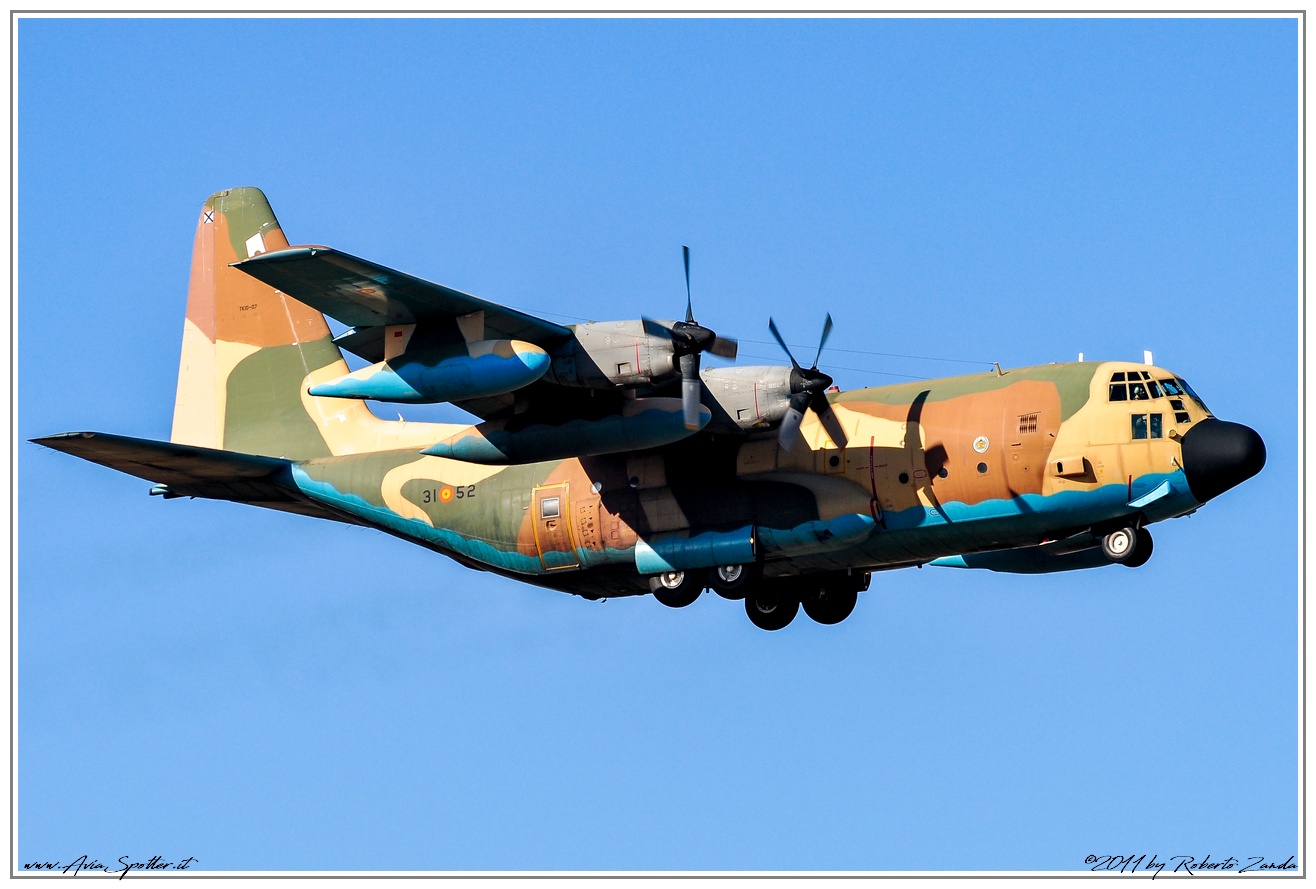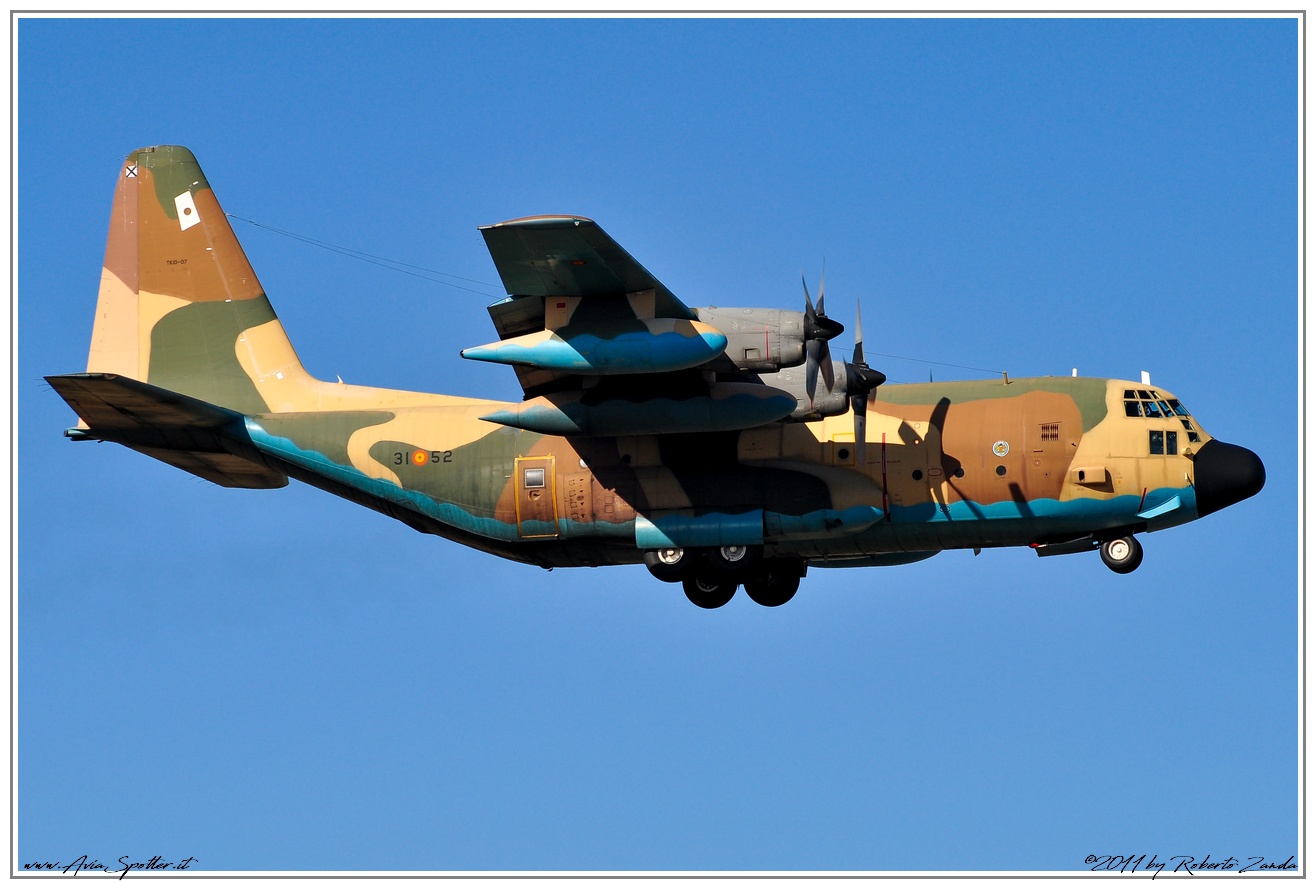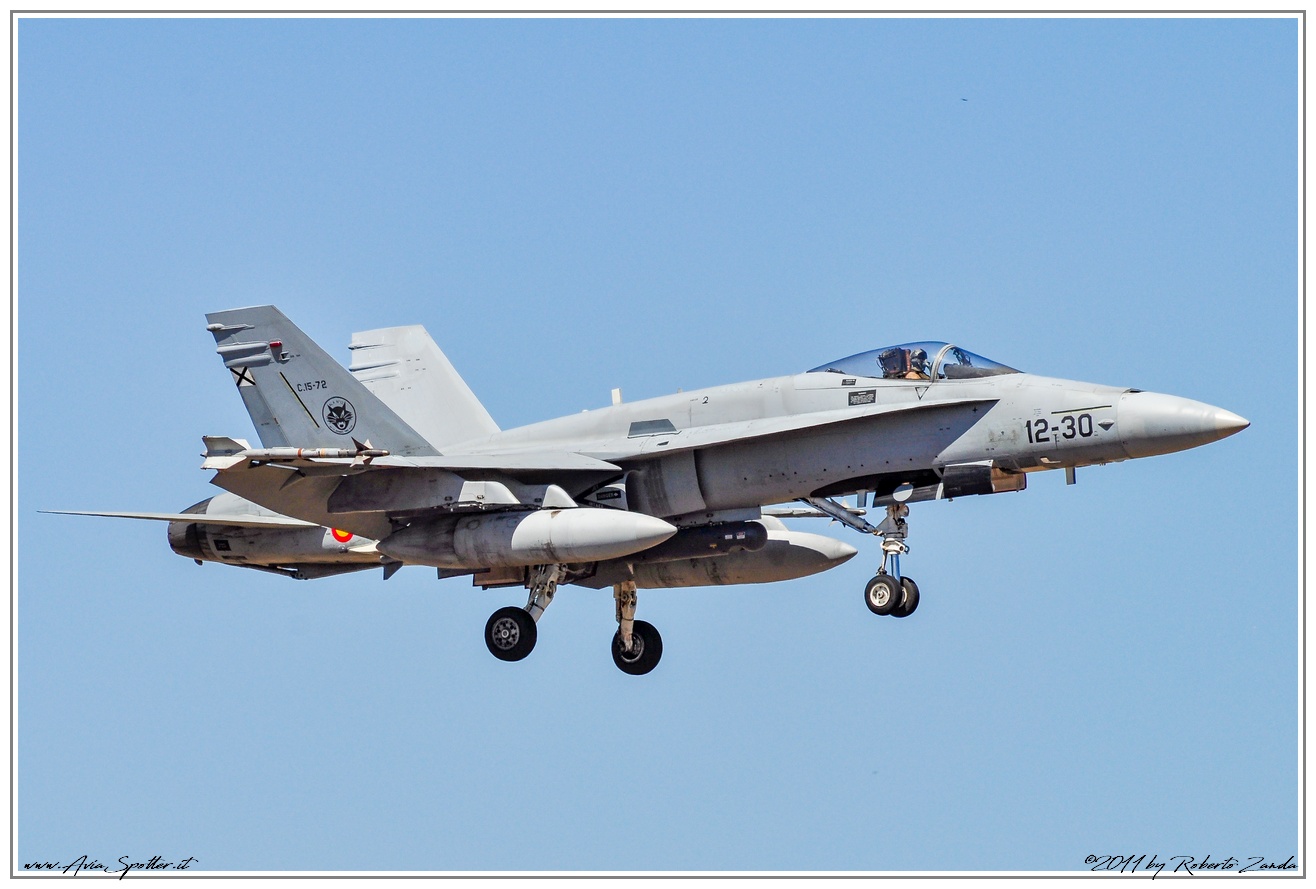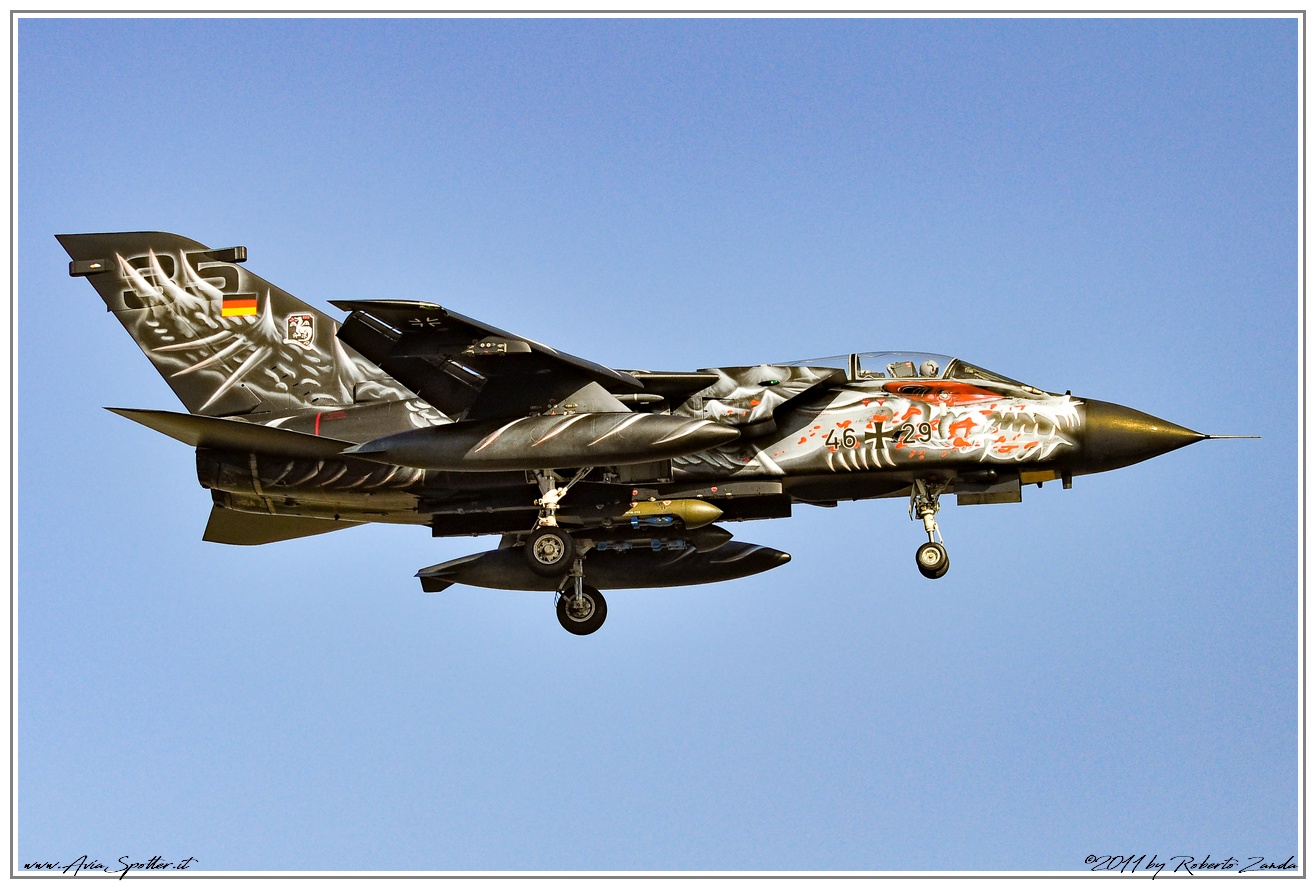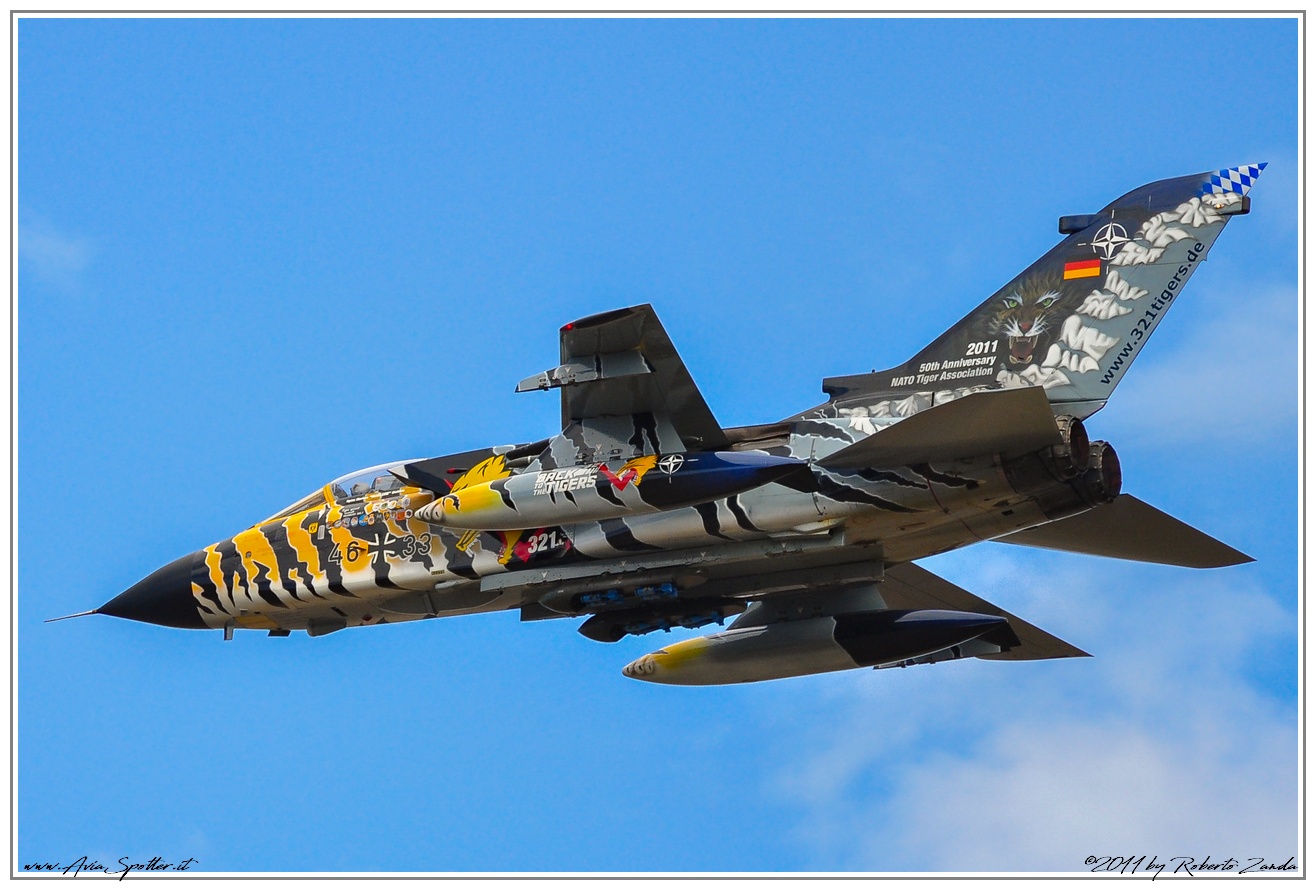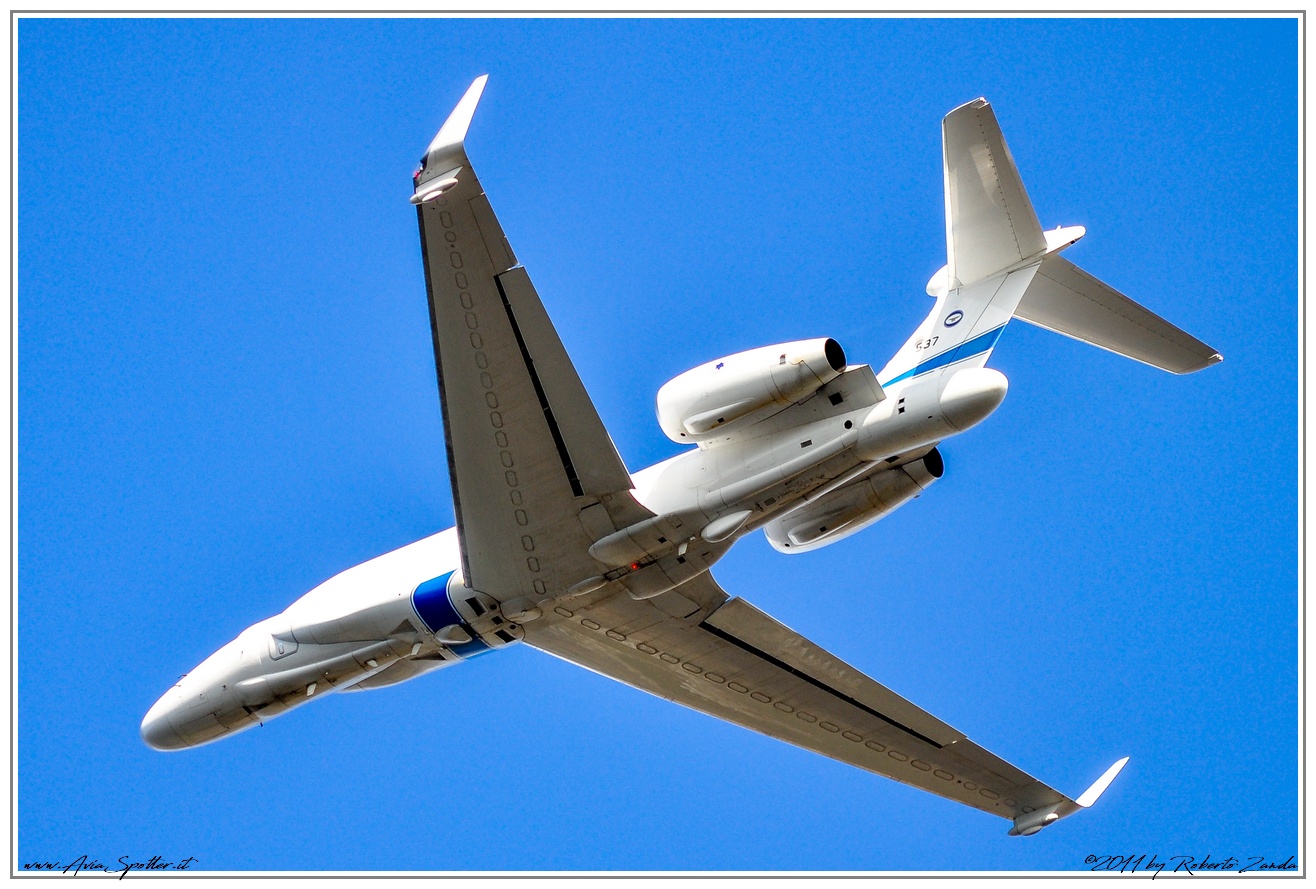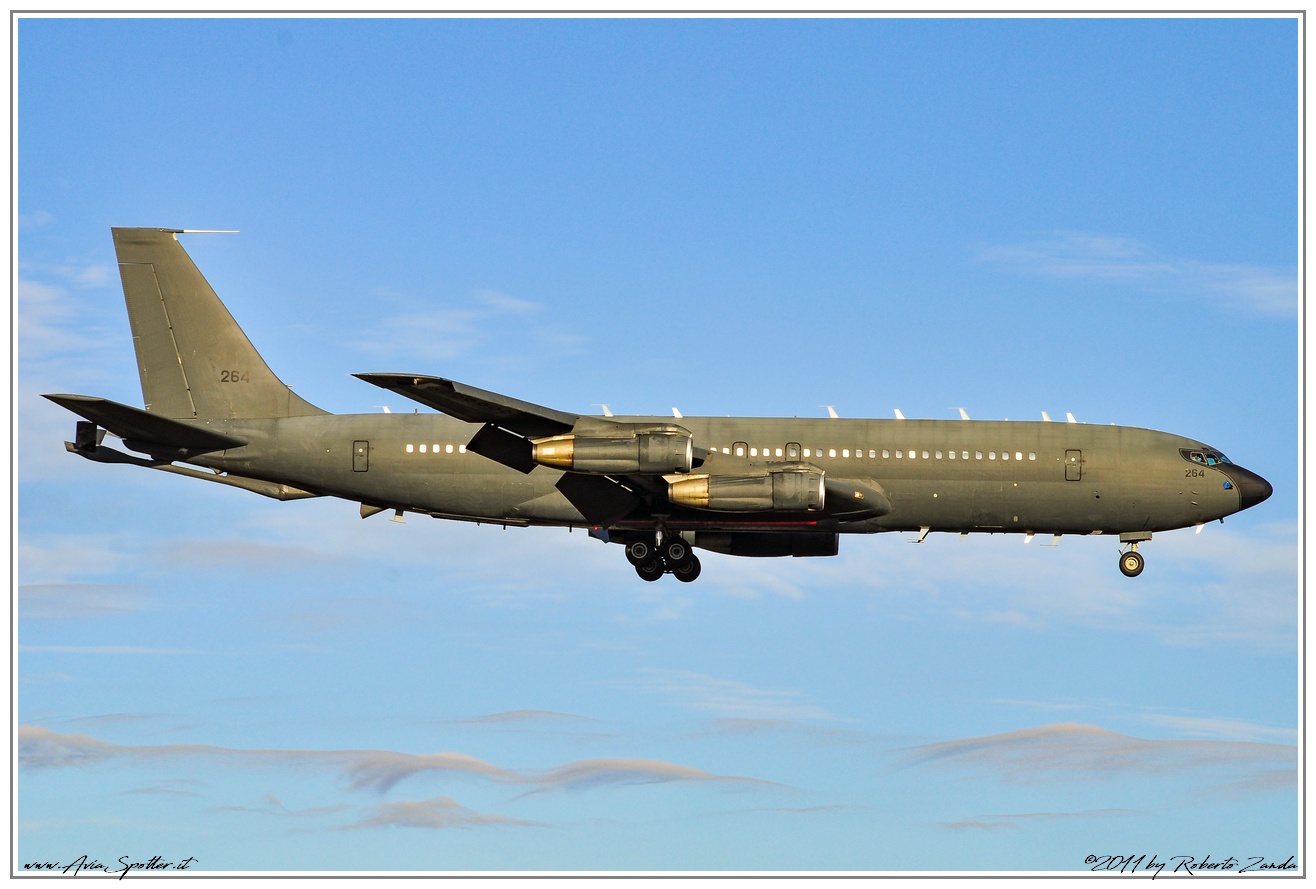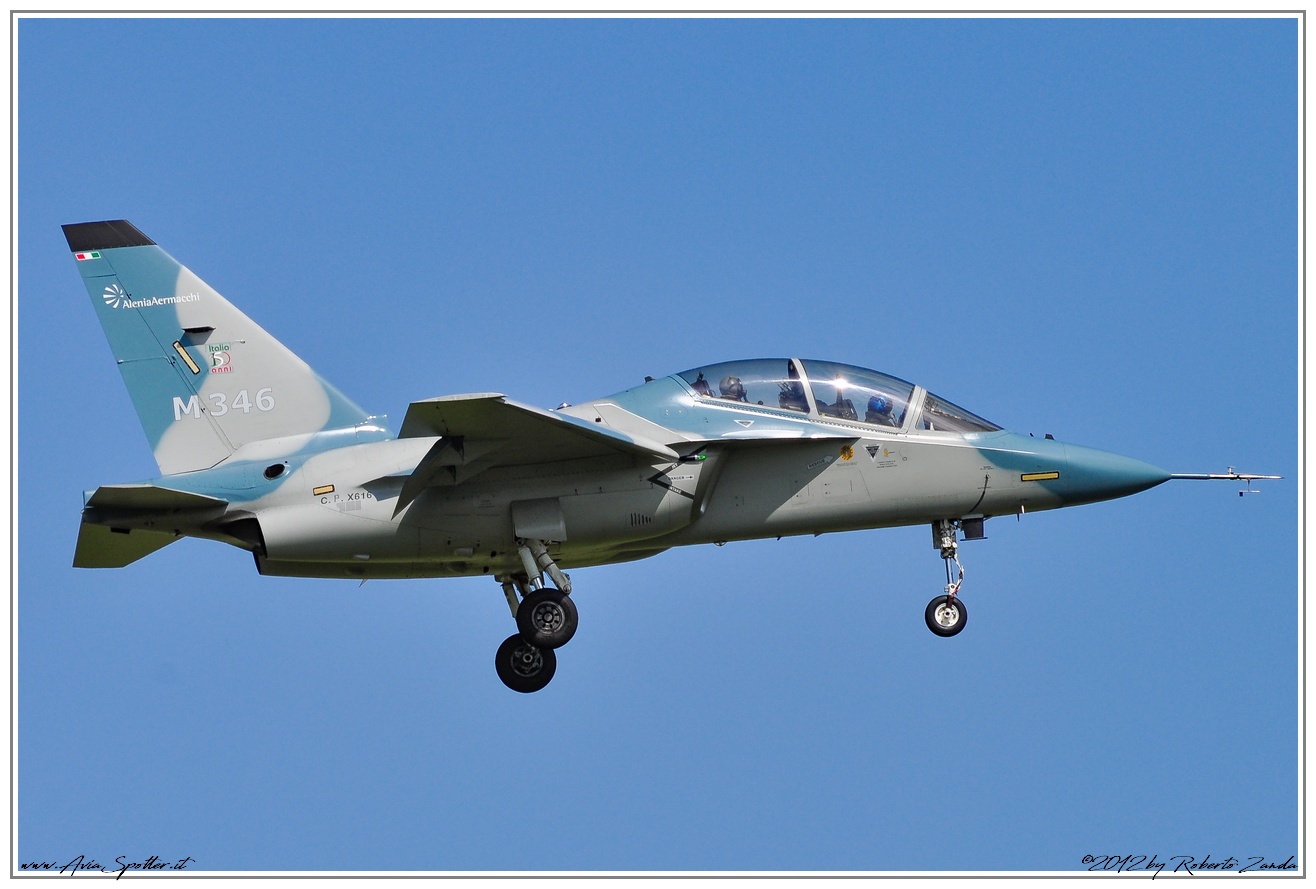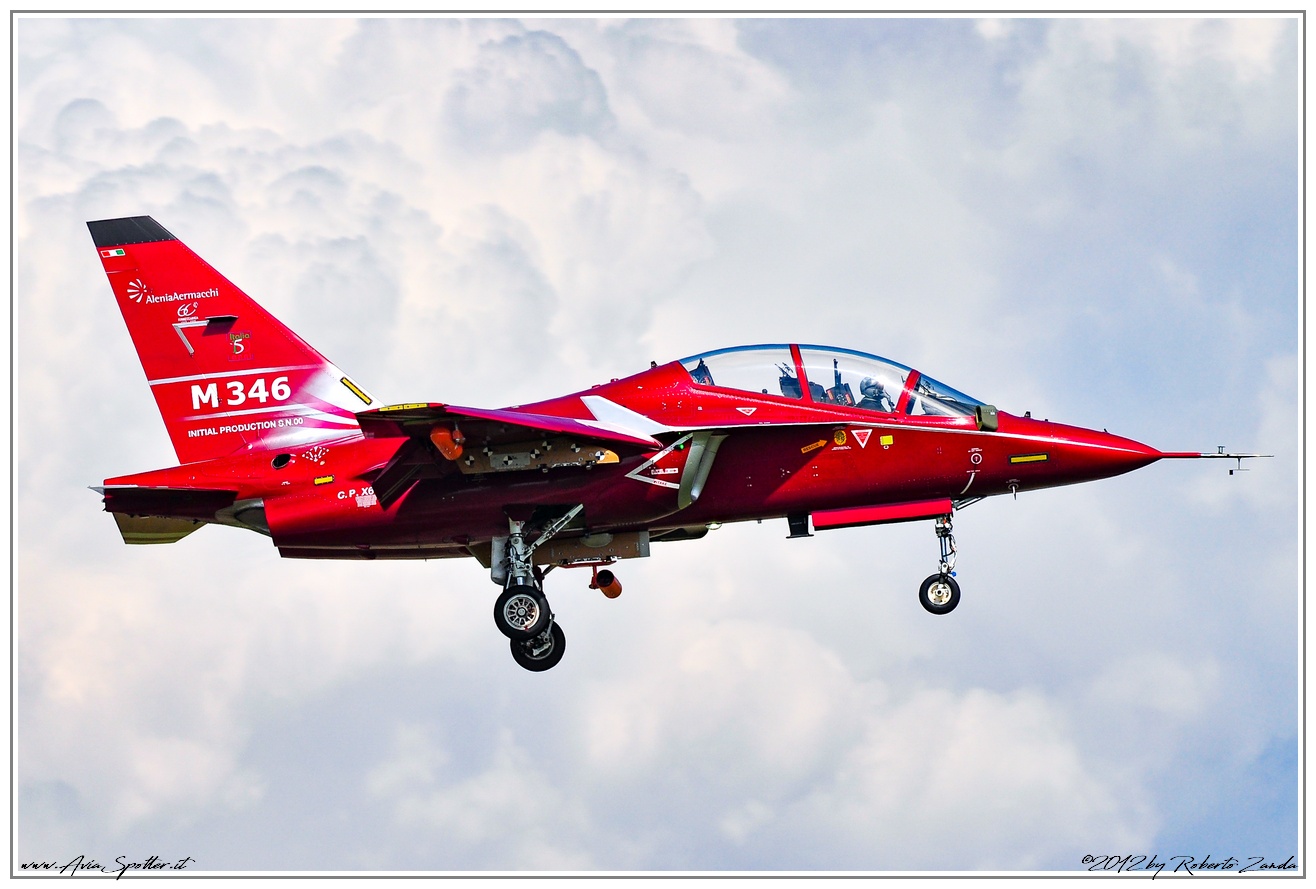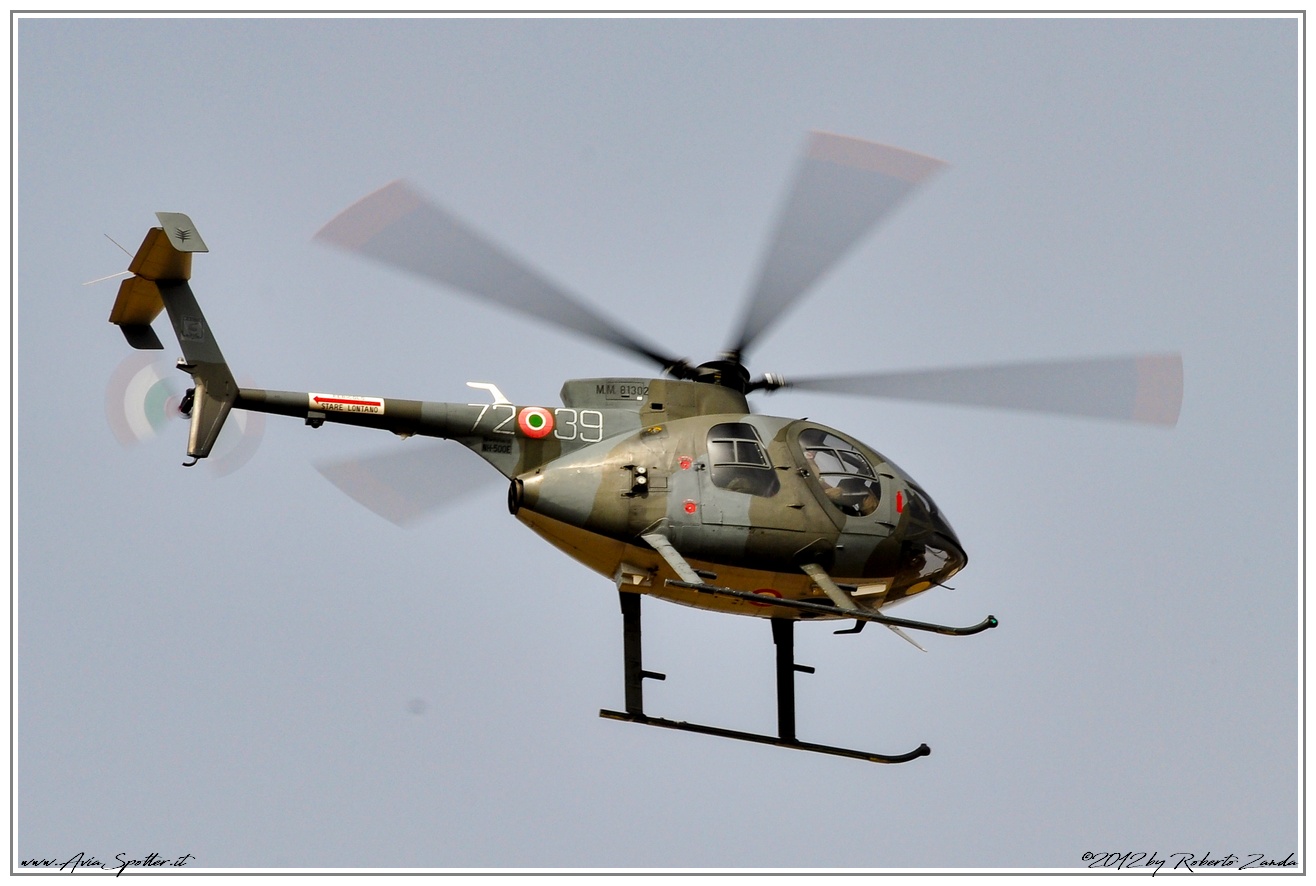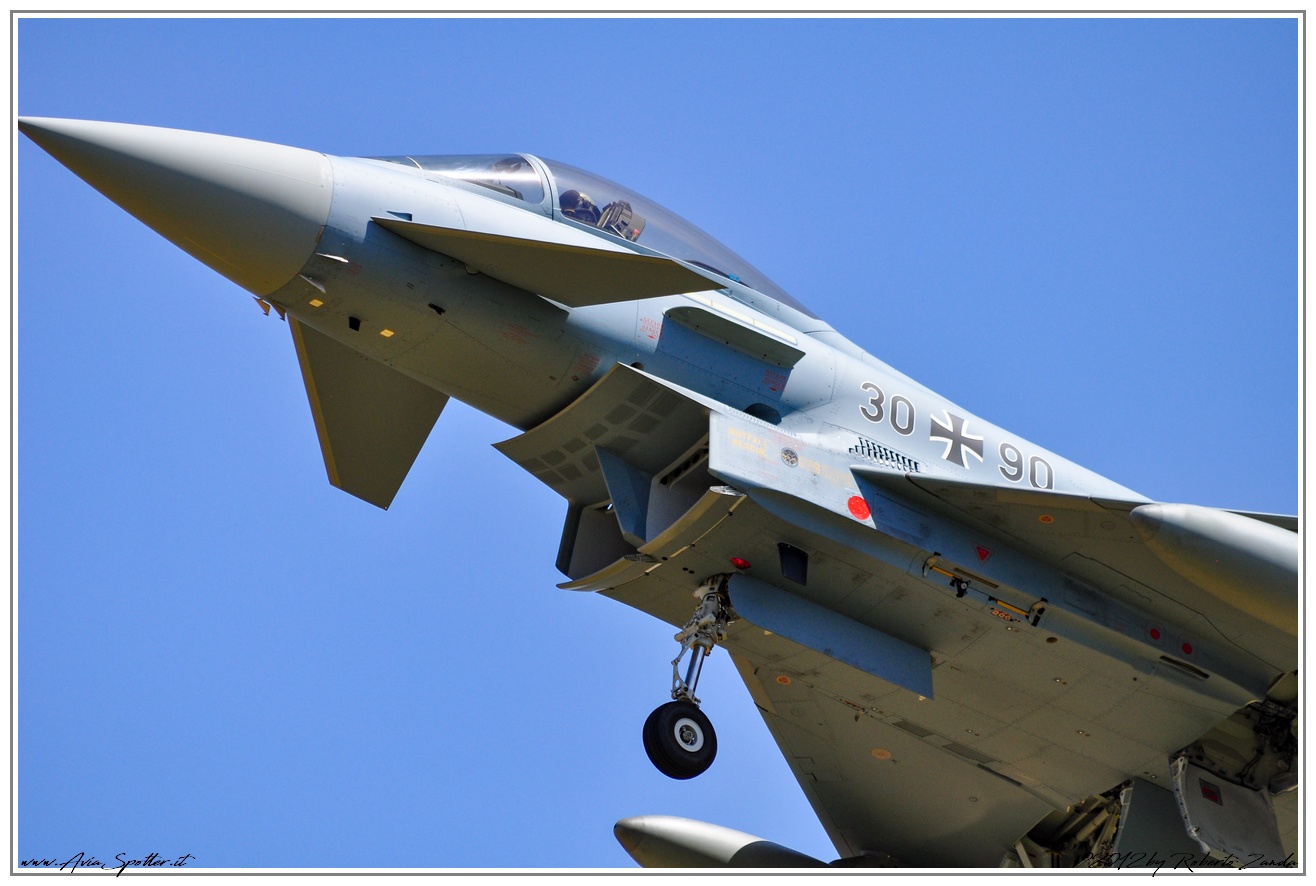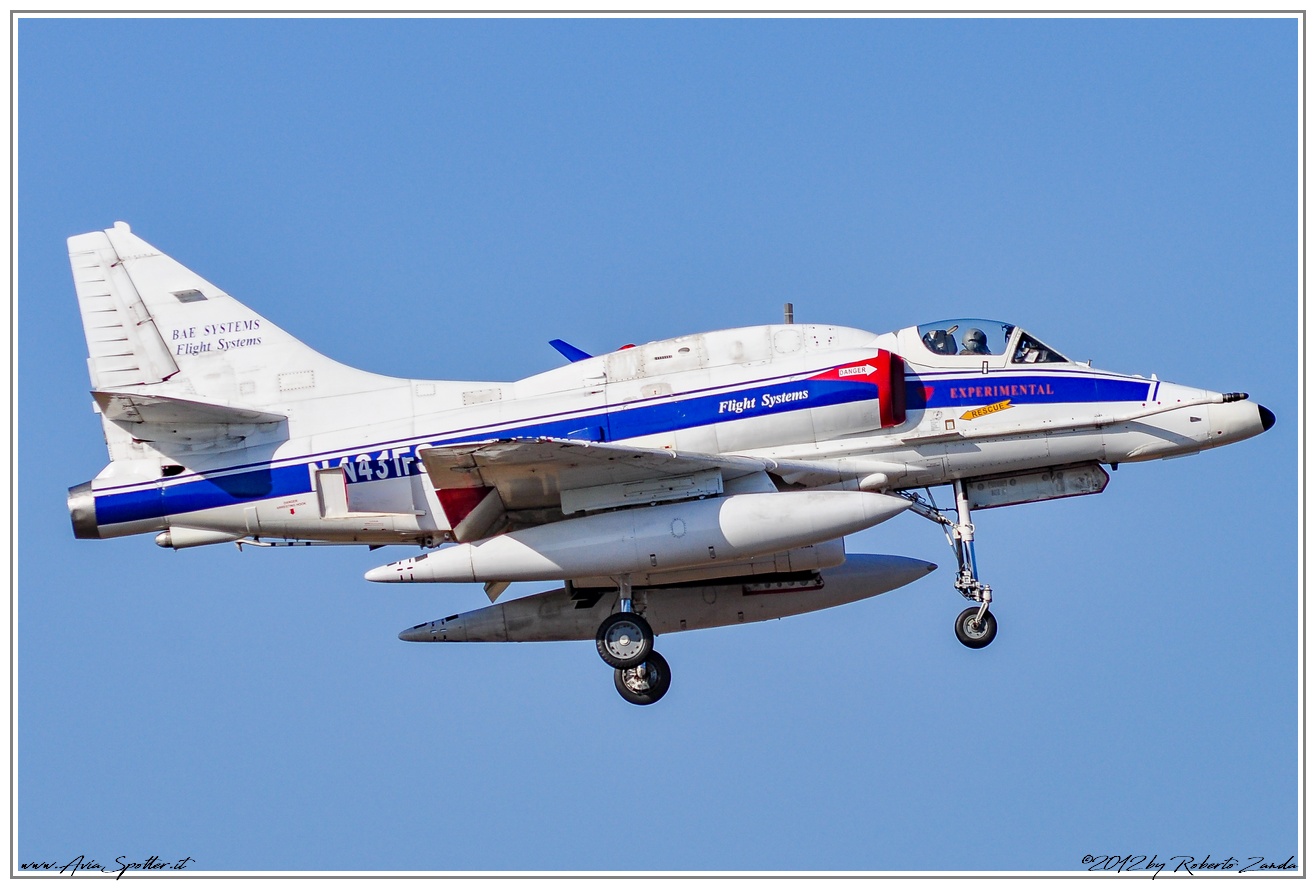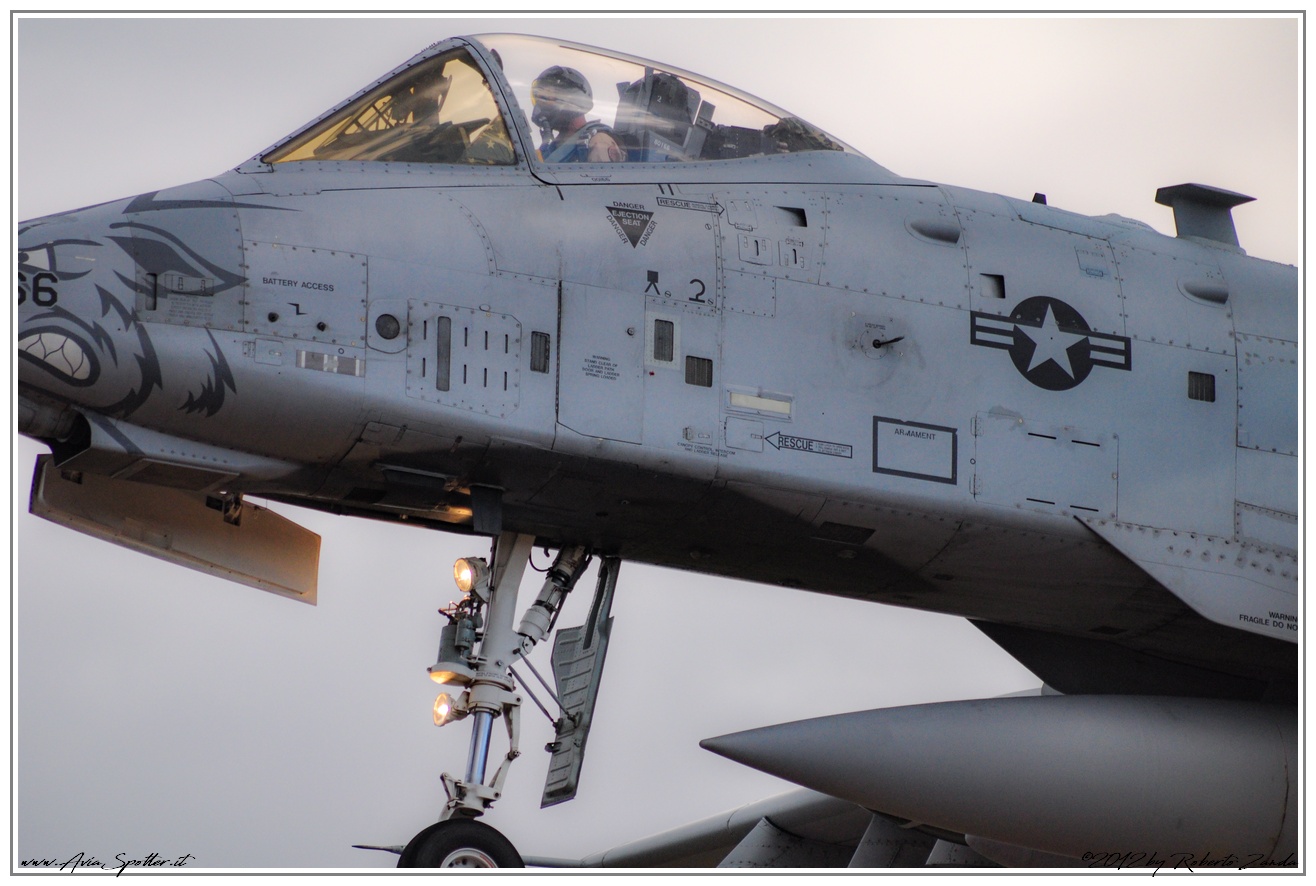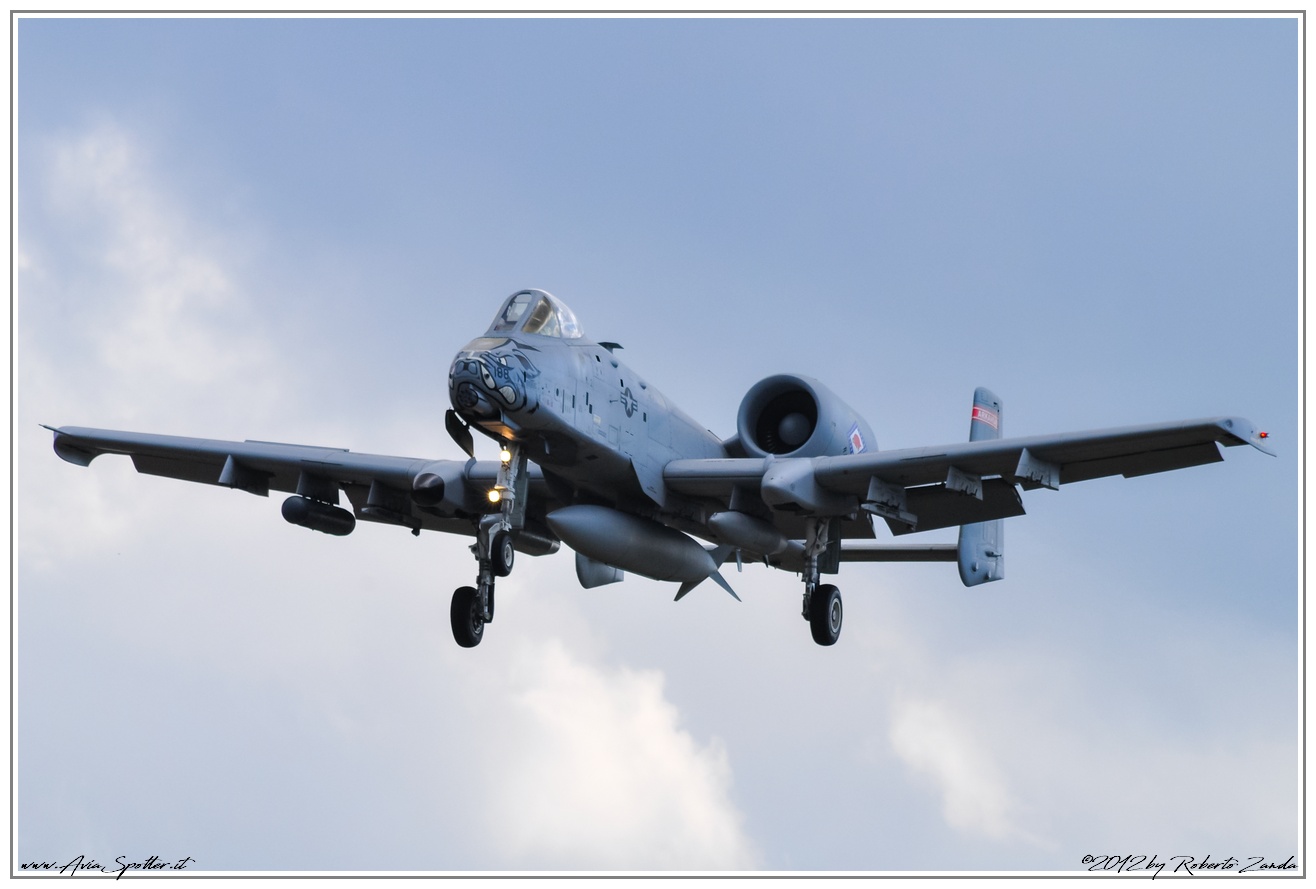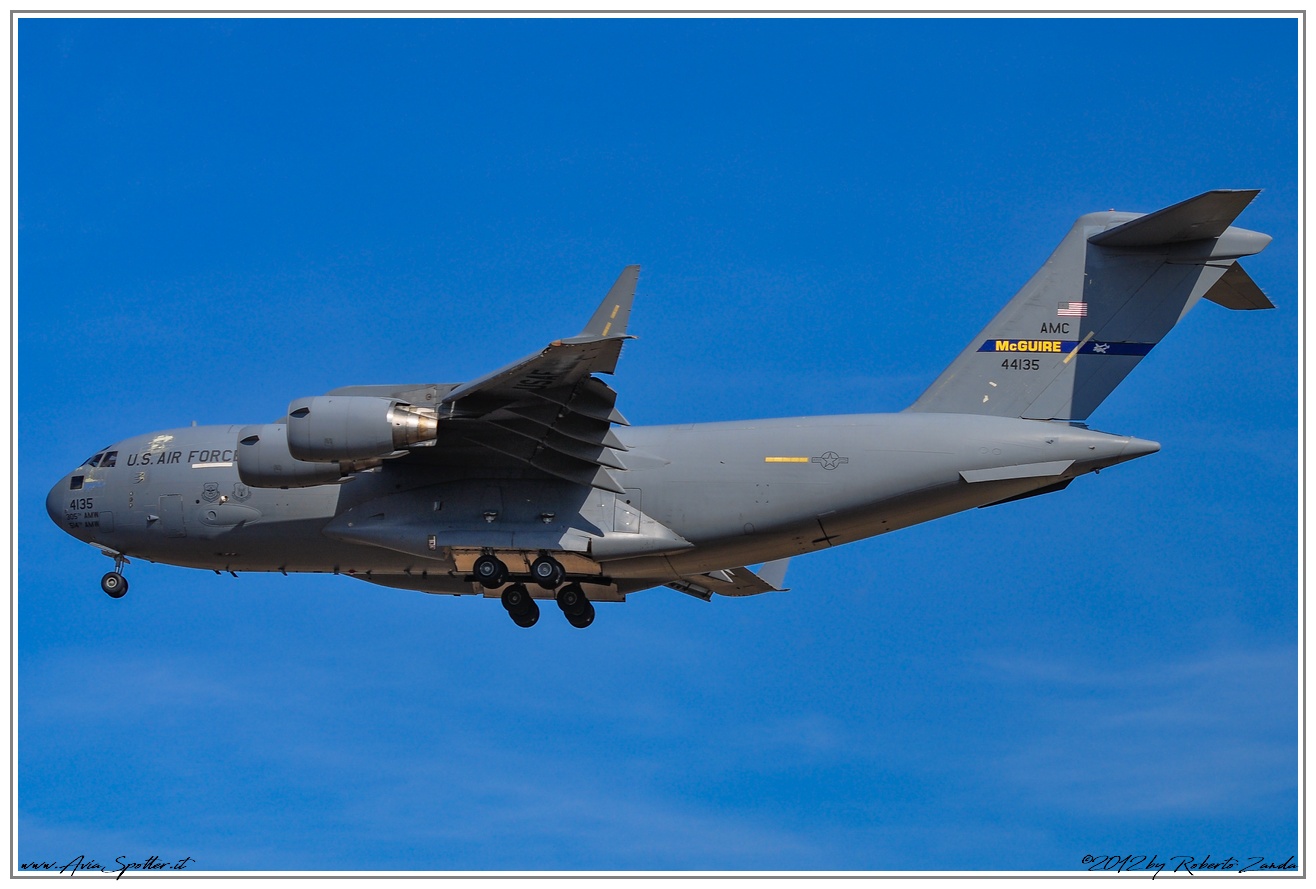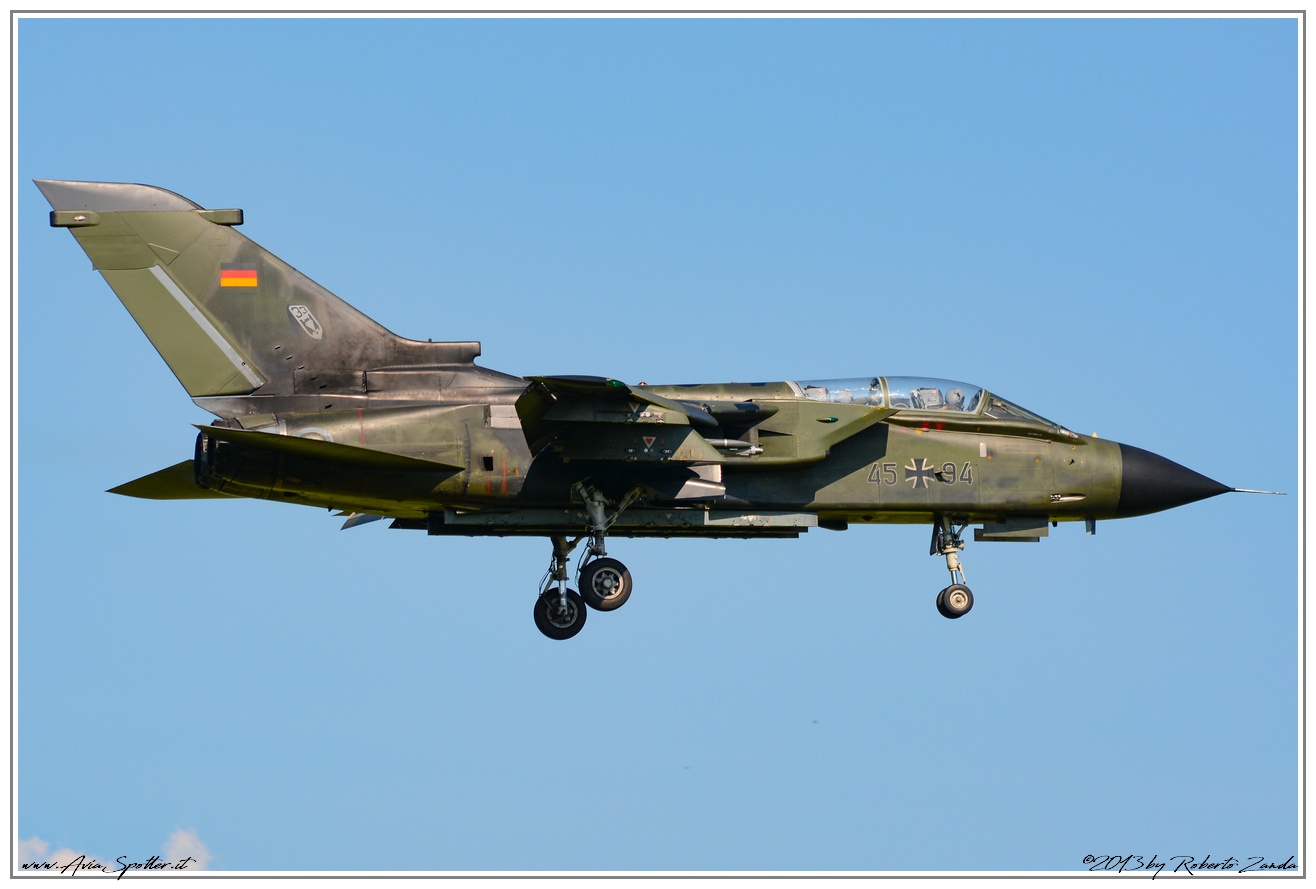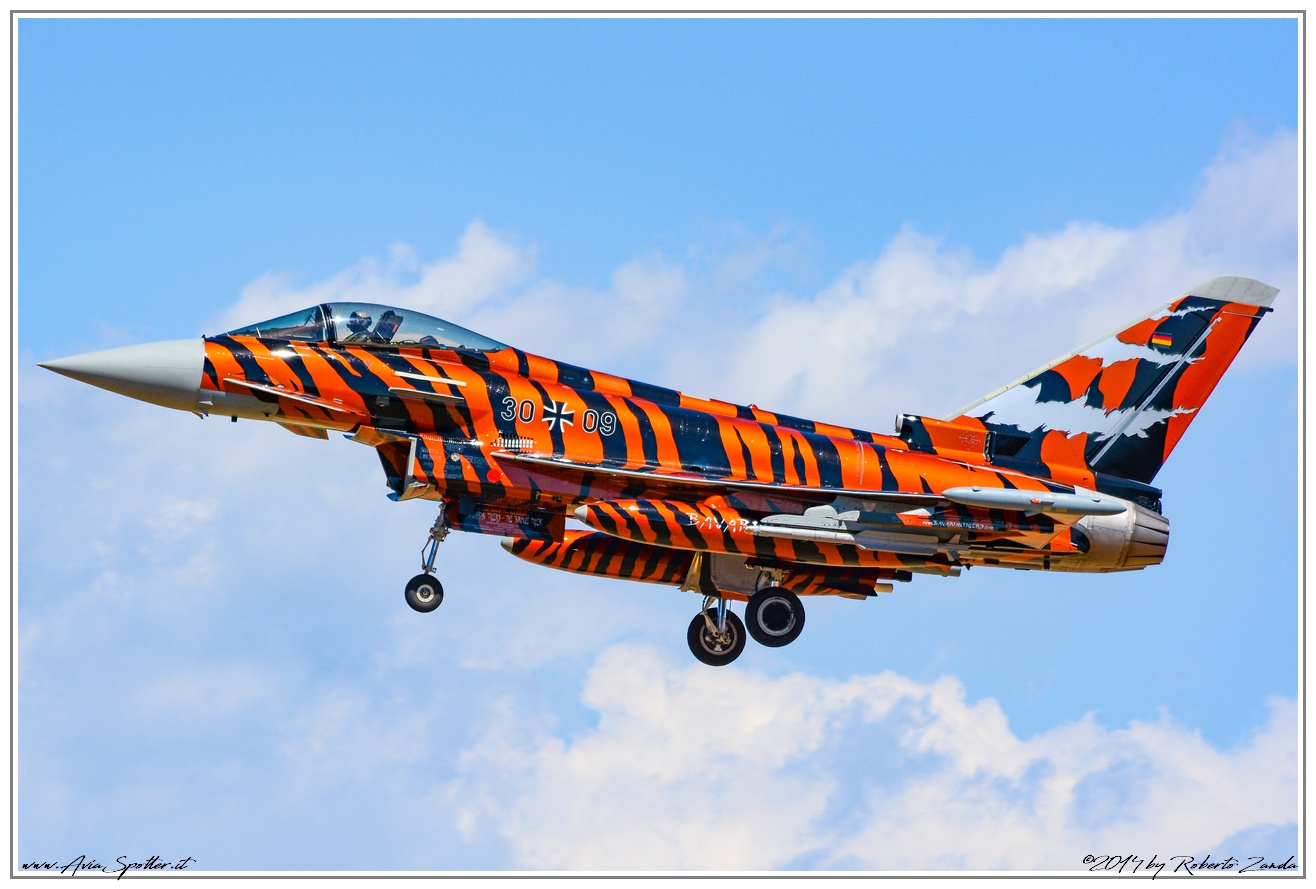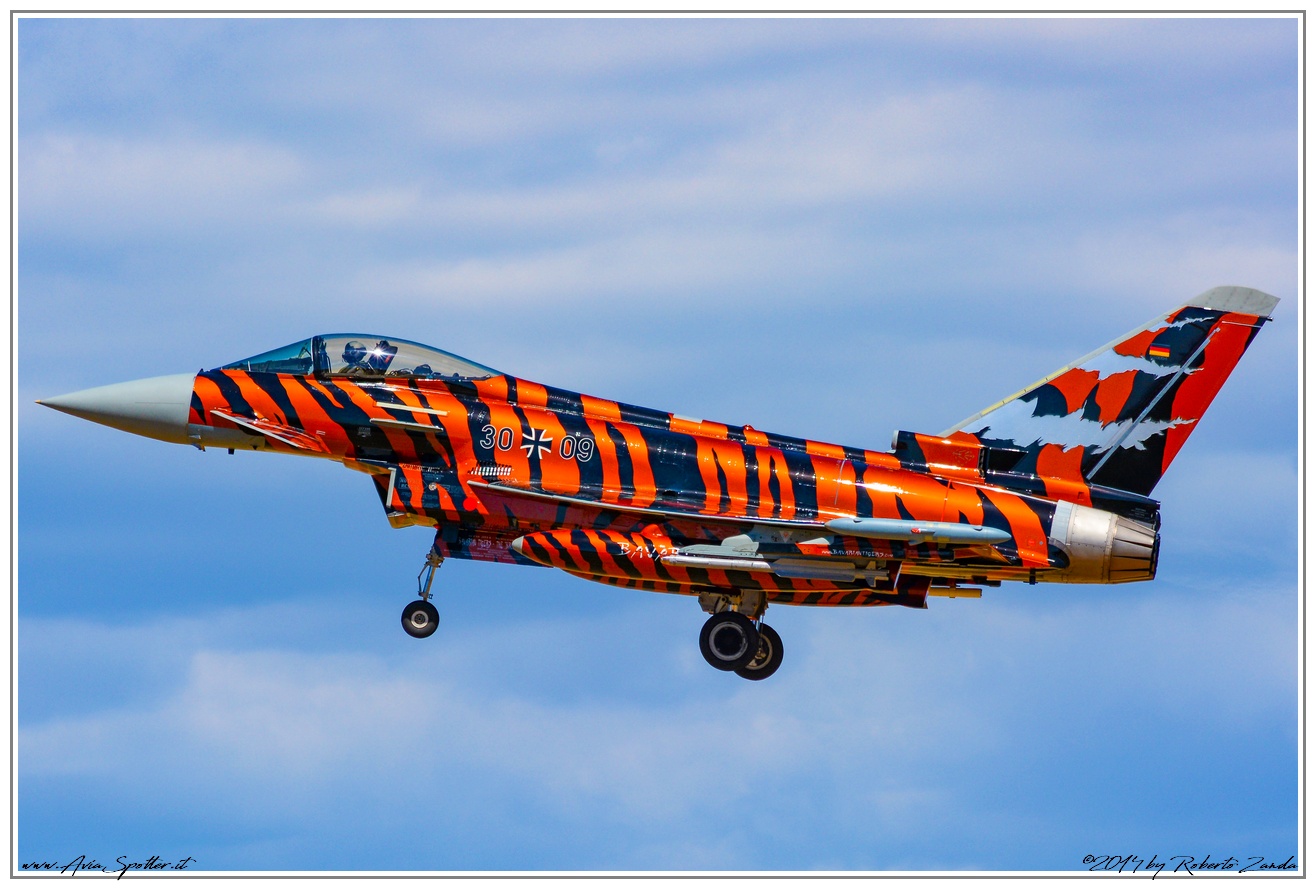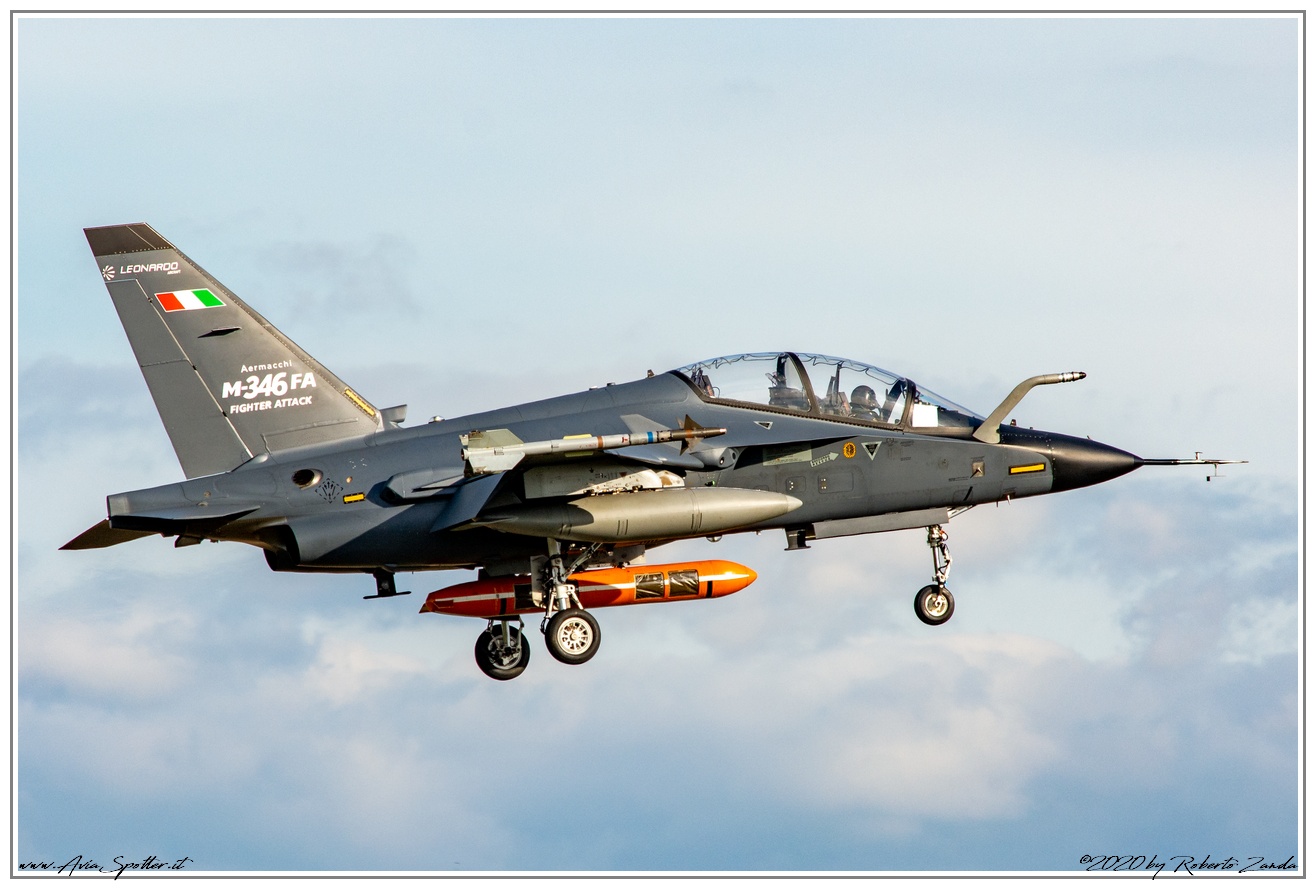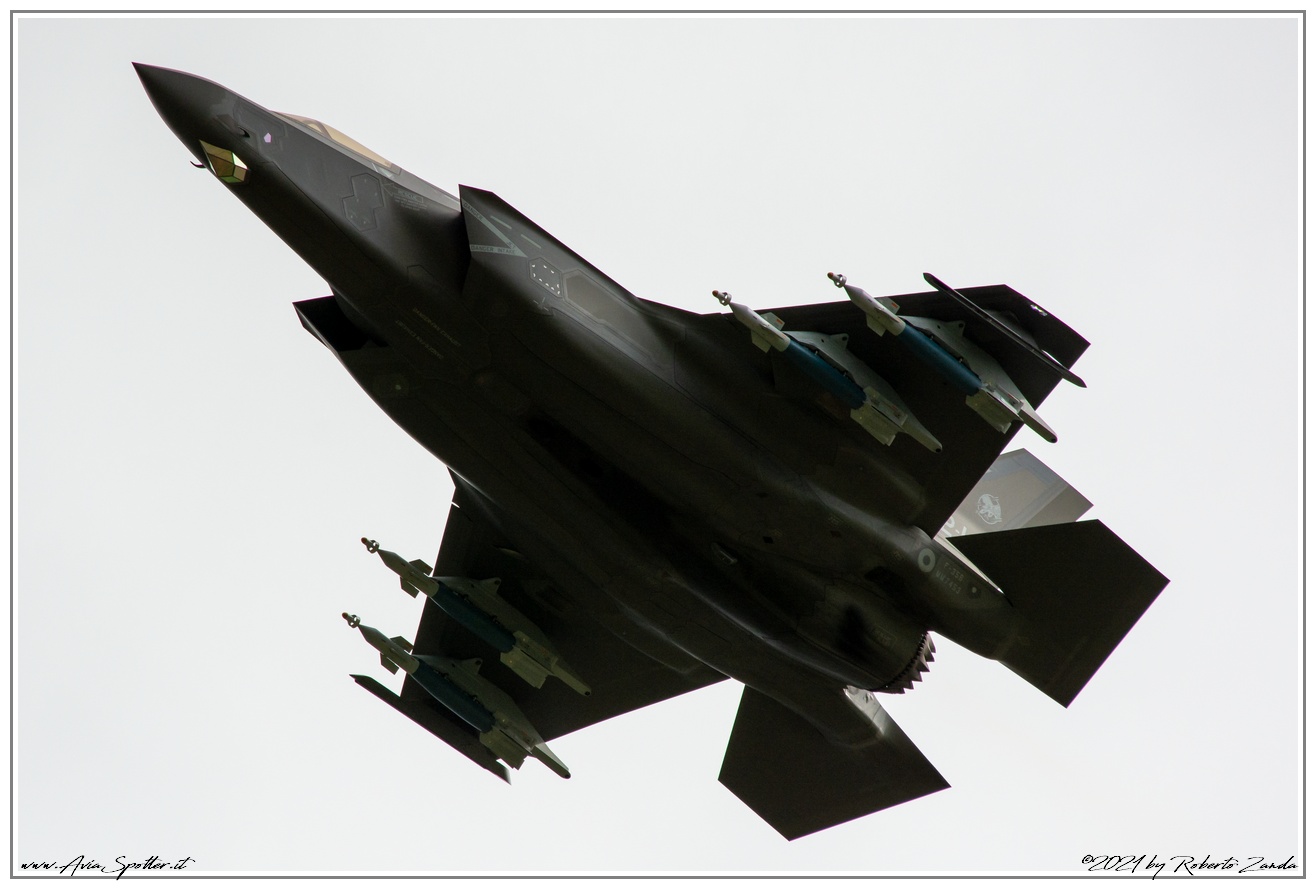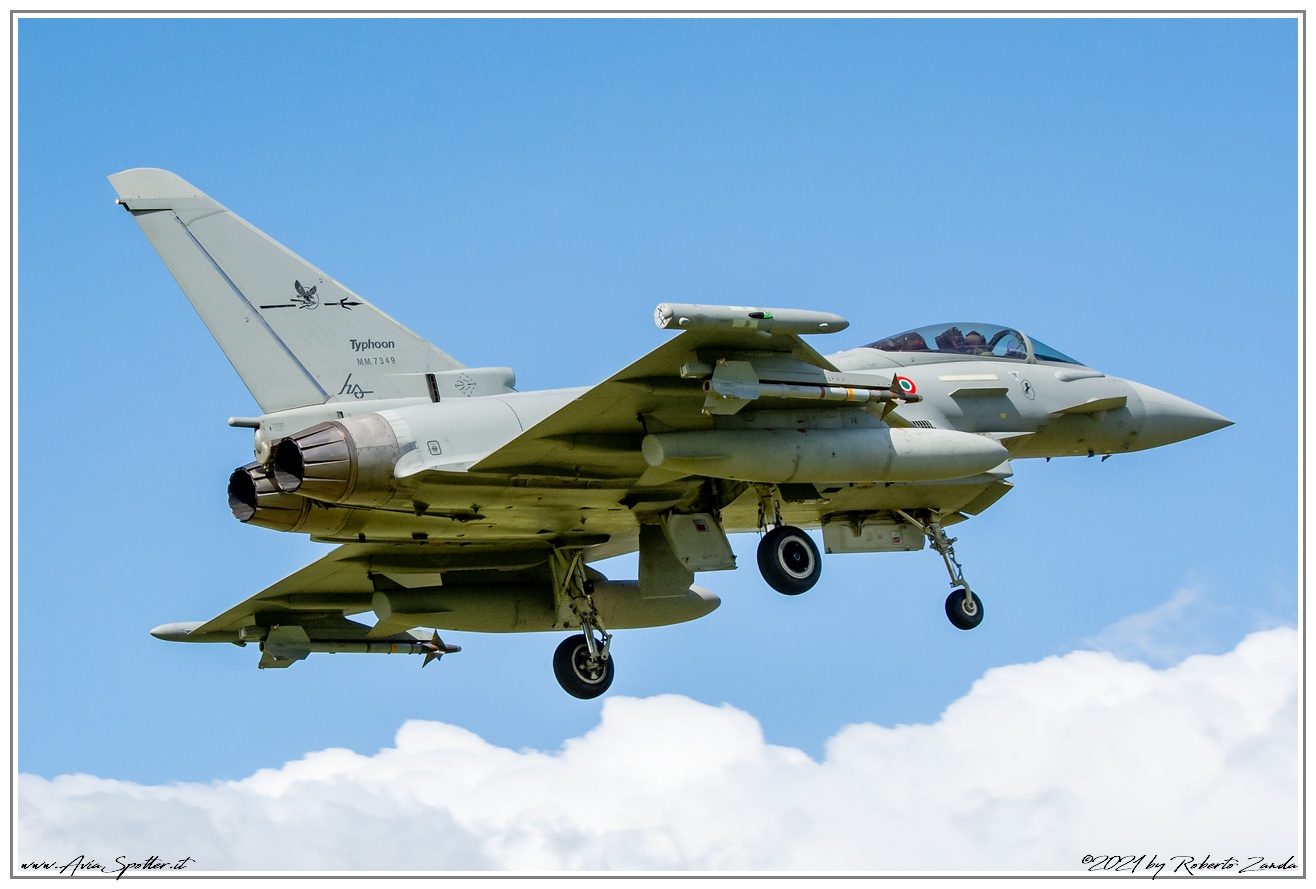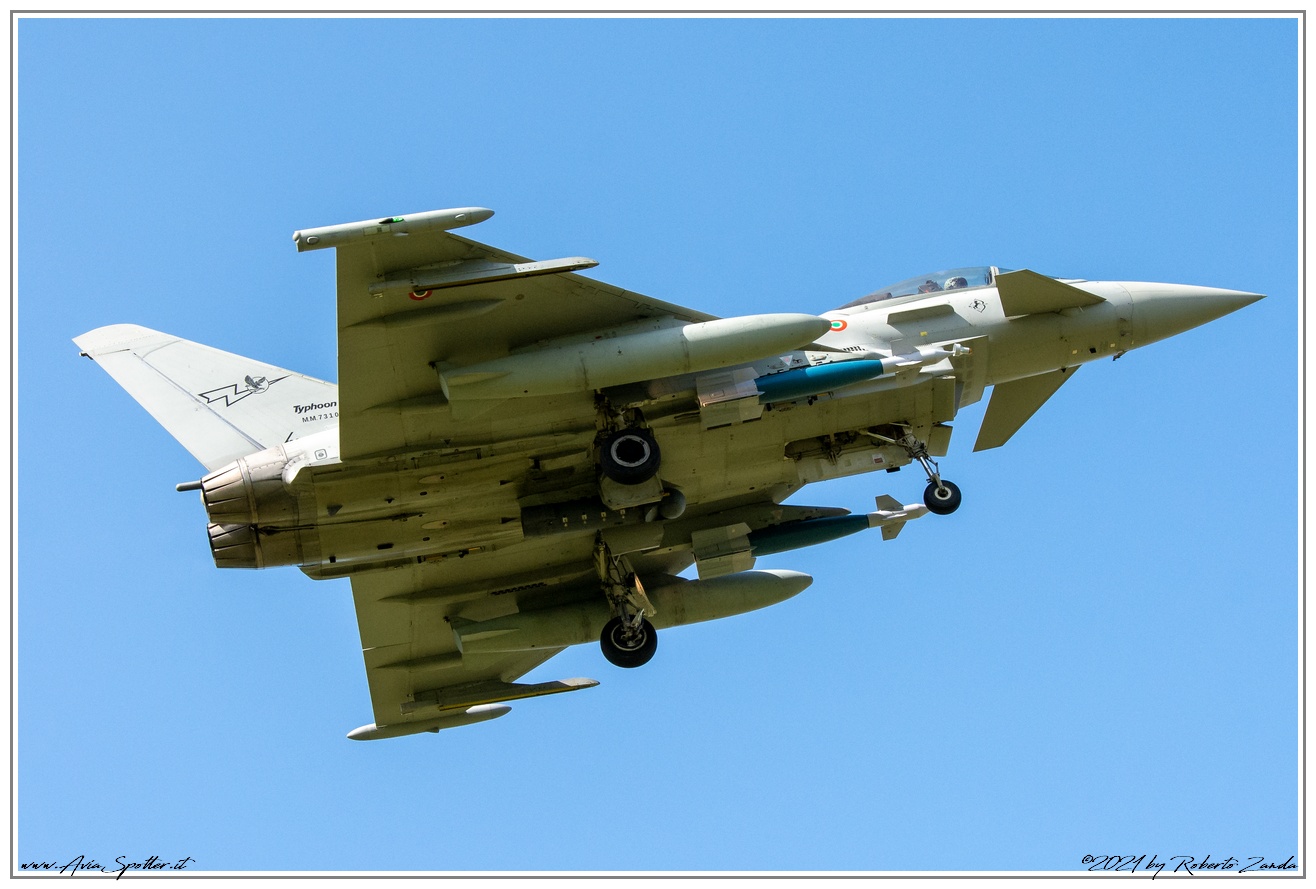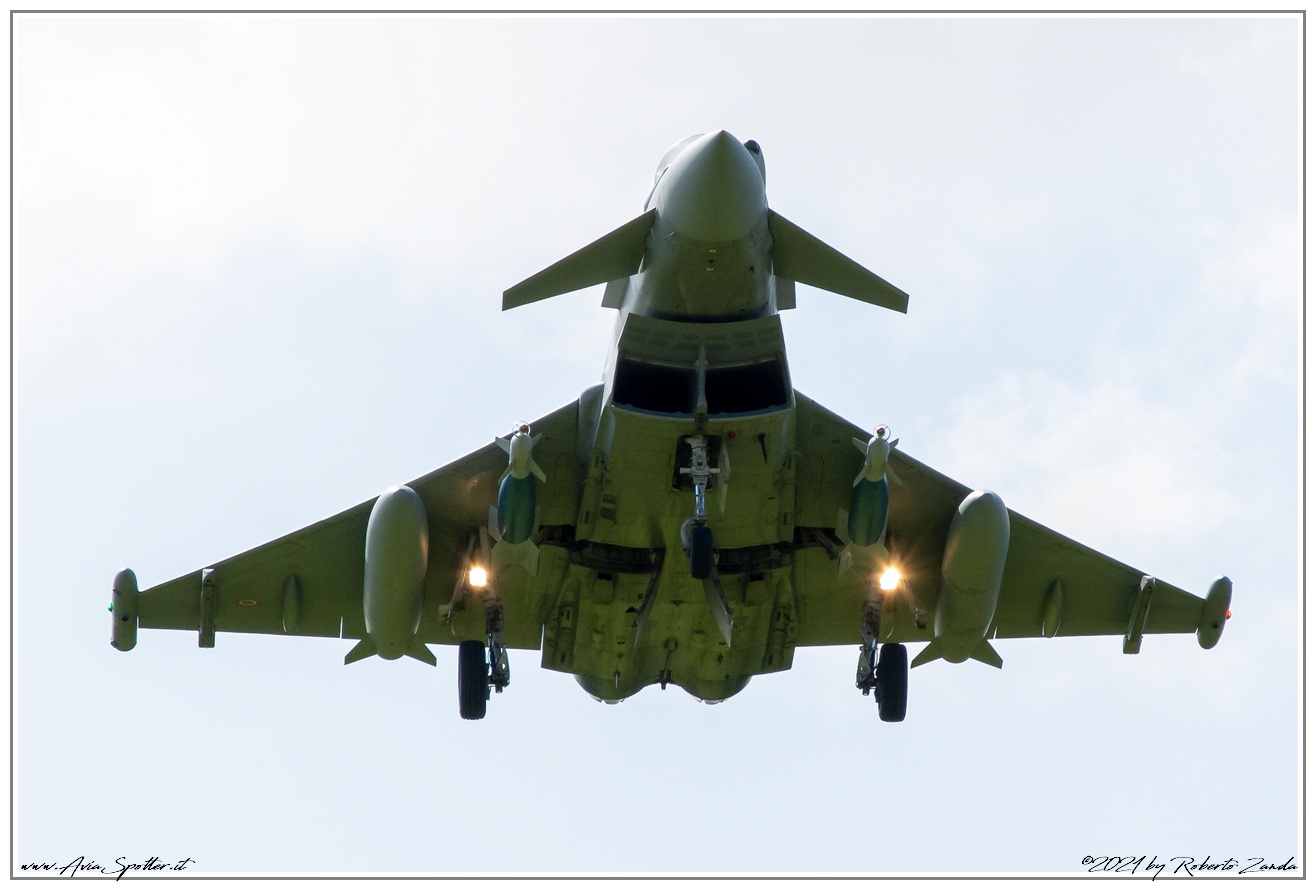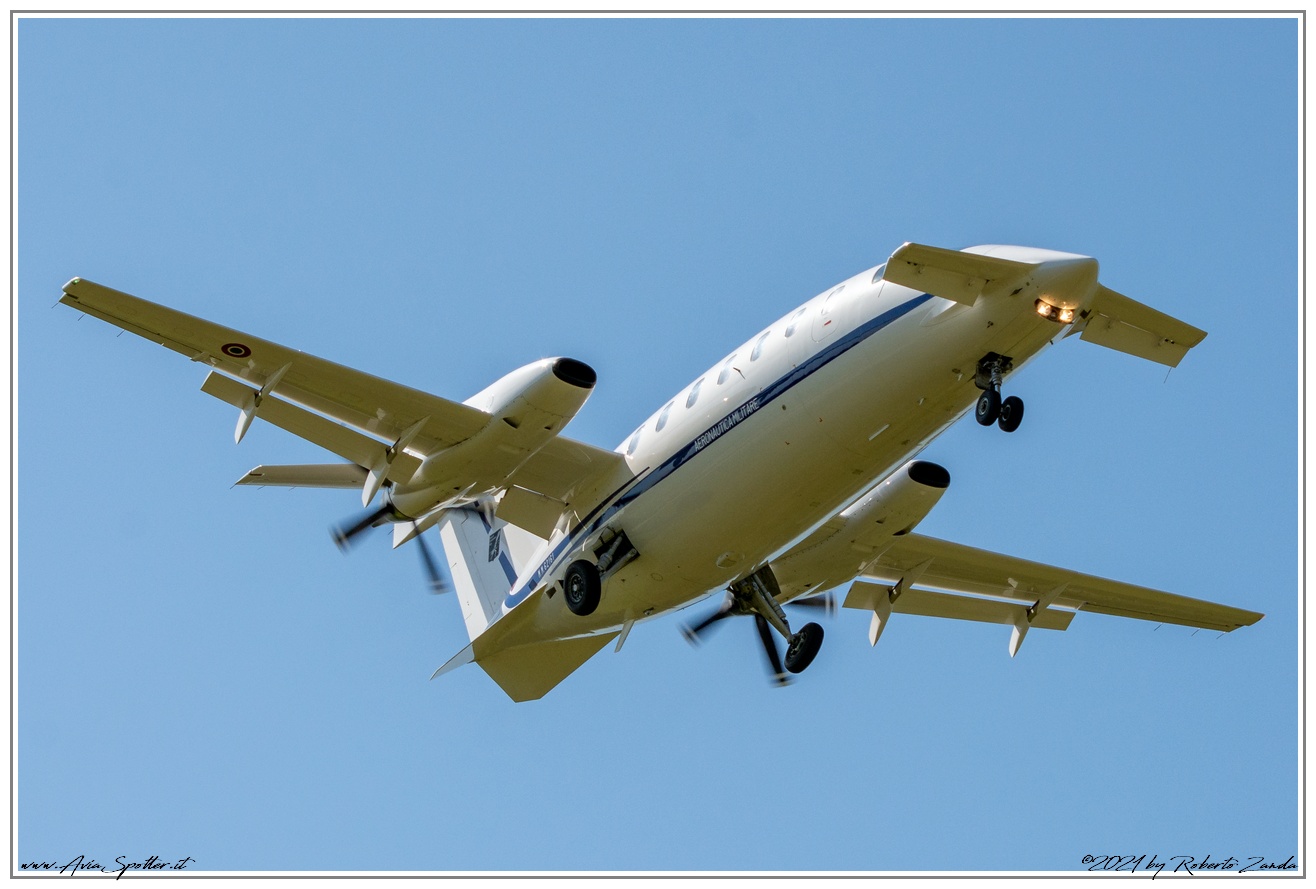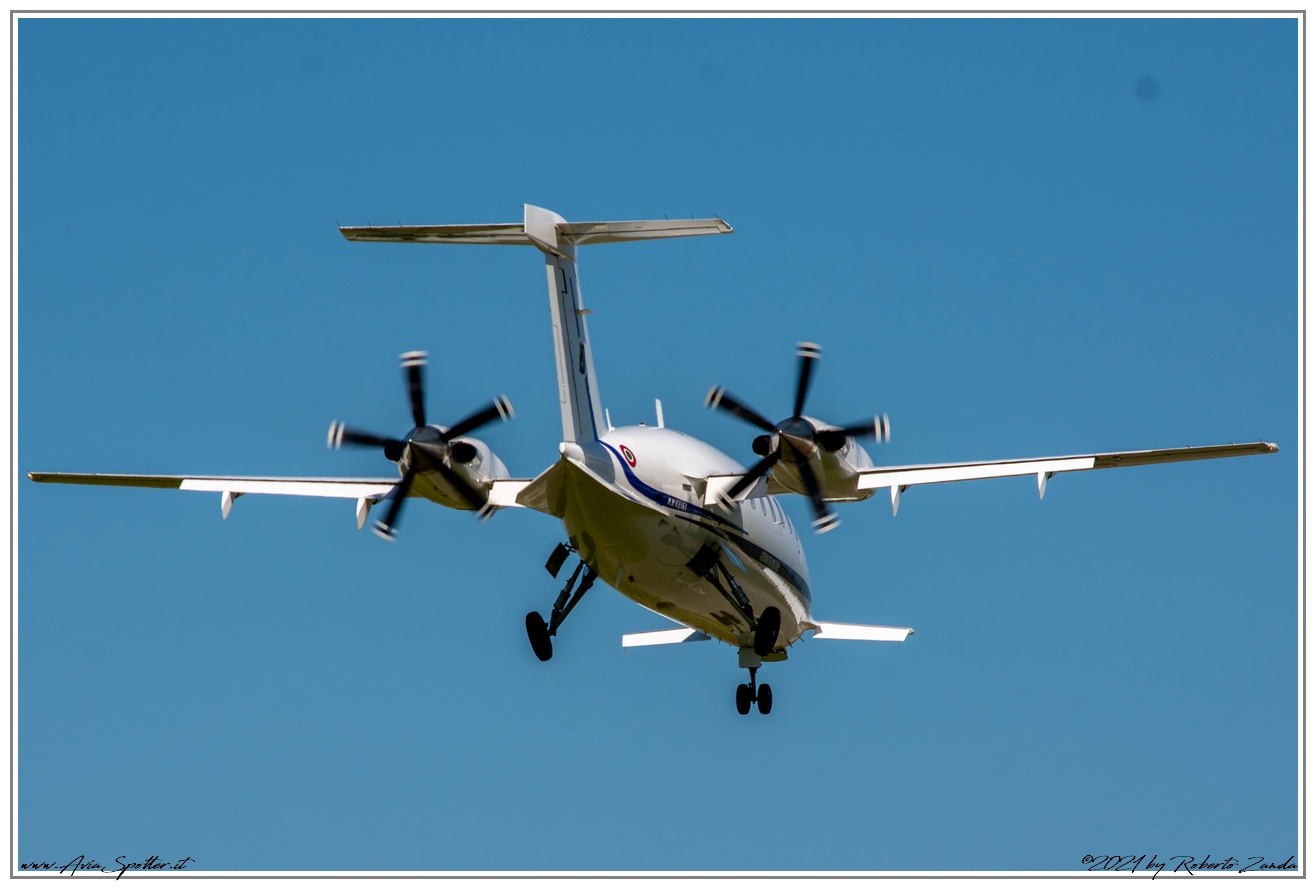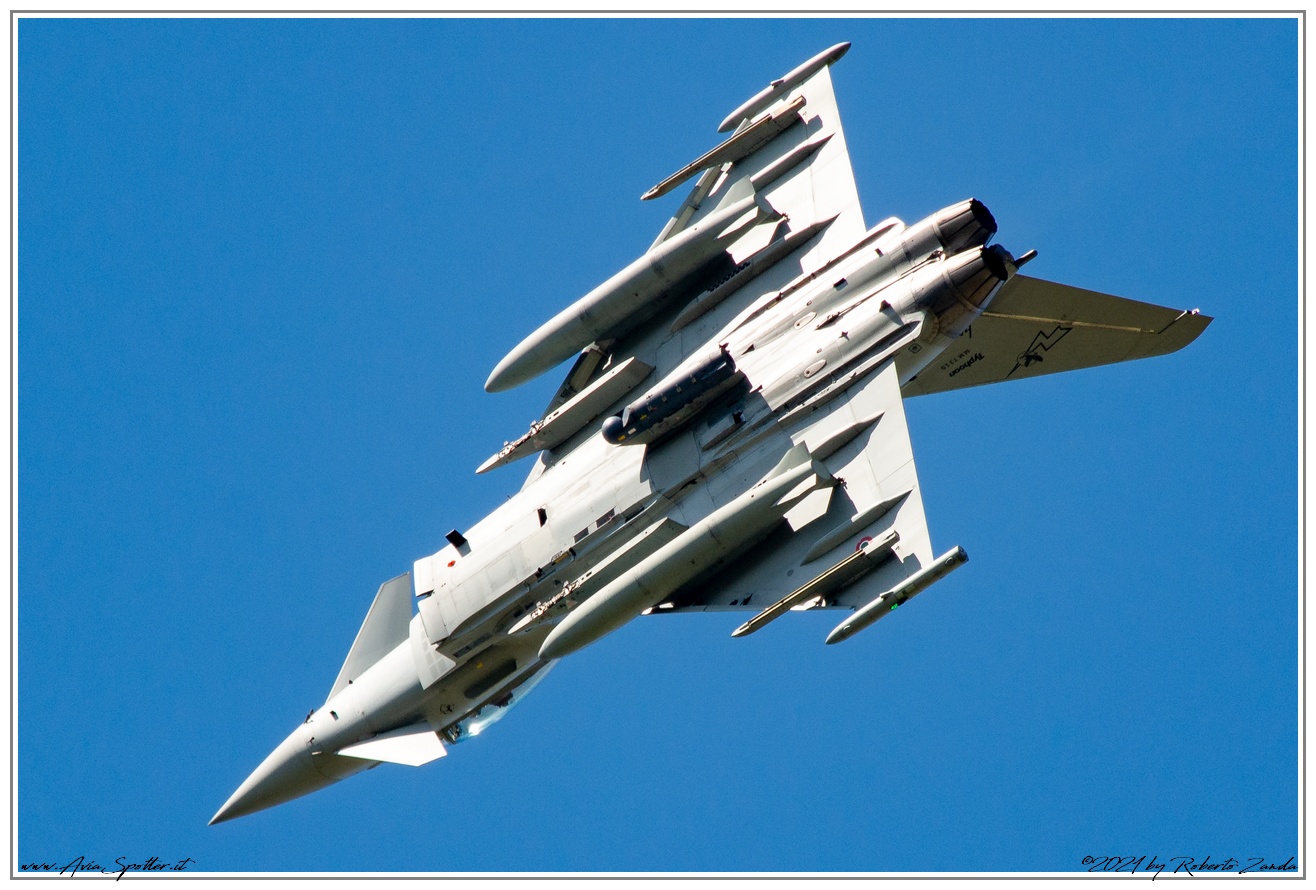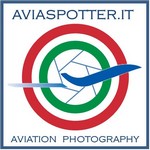The history of Decimomannu airport begins on 3 June 1940, when the then Royal Air Force identified in the land north of Cagliari the ideal place to disperse the SM bombers 79 Sparrowhawk of the 32nd Wing present on the base of Elmas. After about a year the Stormo took turns with the 36th in the new Aerosilurante specialty. One of the first commanders of the Wing was the Pilot Colonel Giovanni Farina, gold medal for Military Valor in memory, to which the Sardinian airport is named today.
Italian torpedo bombers departed from Decimo engaged in fighting the English fleet in the Mediterranean but the commitment ended inexorably on 8 September 1943, date of the armistice with the Allies, when the land passed into American hands that I exploited it intensively in the countryside on the peninsula still occupied by Axis troops. The USAAF planes engaged were first the Curtiss P. 40 but at the end of October 1943 giunsero a Decimomannu i bombardieri Martin B-26 Marauder del 319th Bombardment Group/320th Bombardment Group. These airplanes took off from a runway of 1800 x 15 meters, and occupied a total of 180 Parking places. There were also 10 km of taxiway risers. Subsequently the track will be further expanded up to the size of 3000 x 30 meters.
In February of 1944 new expansion works began which led to the creation of an innovative multiple take-off / landing system: in fact a long track was built 2000 meters equipped with 6 parallel runways that allowed the simultaneous take-off of 6 airplane. To think that at the beginning of the history of the airport, in 1940, the Italians had equipped it with a north / east-south / west oriented dirt track and some buildings, formerly belonging to a farm, in which the flock and group command were set up, the Officers and NCOs canteens, the infirmary, the switchboard and the Command office.
At the end of 1944 the need to get closer to the front forced the USAAF to move to an airport in Corsica and so Decimomannu was not used until 1954 when, after an extensive reclamation and reconstruction work, the airport was reopened and the first "Air Weapons Training Installation" was established (AWTI). The Italian Department was officially born on 15 February 1957 with the official name "Shooting Training Center" (CAT). In December of 1959 the first agreement between Canada was signed, West Germany and Italy for the use of the facilities of the AWTI facilities.
In October of 1979 ACMI became operational (Air Combat Manouvering Instrumentation), a sophisticated and (by then) state-of-the-art electronic system that allowed realistic advanced training in maneuvered aerial combat. This system was replaced in 2002 from the most advanced A-ACMI (Advanced-ACMI), allowing a further leap into the realism of simulations and simplifying the system, thanks to the abandonment of the land and sea stations necessary for the first version of the equipment.
From 1960 the base was also used by the American Air Force (both USAF and US Navy). This presence lasted more or less uninterruptedly until 1991, when, with the closing of 7555 Tactical Training Squadron (part of the mythical Aggressors), USAFE leaves the airport (while remaining the owner of the ACMI equipment) however, continuing to take risks for occasional training cycles.
In July of 1970, in addition to, the place of the Canadians was taken by the British RAF.
In all these years, the Sardinian base became the European military airport with more movements (you calculate something like 60.000 per year!!!), with tips of 450 per day and consume up to 1000000 (a million) liters of fuel per day, provided by HRS (Hidrant Refuelling System), that, with his 51 points, it is the largest pantograph refueling system in the world.
In recent years the traffic at X ° has decreased significantly but a new life is preparing. Thanks to its privileged position and the fantastic weather conditions normally present, the airport was chosen as the home of the International Flight Training School, an initiative born from the partnership between the Italian Air Force and Leonardo to provide advanced training services for pilots of the same Air Force and foreign air forces. The school will make use of the most advanced simulators present on the base and of the new Leonardo T. 346 Master, among the most advanced military training jets in the world.
But what would all the above story be without a few photographs that testify to the incredible traffic of the Base? On the other hand, AviaSpotter is above all an aeronautical photography site. As you should know by now, we are fortunate to have a friend on site who has been providing splendid services for our site for several years.. Here then are several testimonies of part of the incredible traffic passed by the track 17-35 in the lasts 10 age.
Thanks Steve, on behalf of all!!!!
